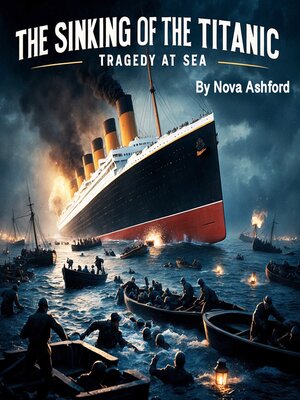
Sign up to save your library
With an OverDrive account, you can save your favorite libraries for at-a-glance information about availability. Find out more about OverDrive accounts.
Find this title in Libby, the library reading app by OverDrive.



Search for a digital library with this title
Title found at these libraries:
| Library Name | Distance |
|---|---|
| Loading... |
This audiobook is narrated by a digital voice.
The Titanic, often described as the epitome of early 20th-century engineering and luxury, was the largest and most sophisticated passenger ship of its time. Conceived by the White Star Line to rival competitors like the Cunard Line, the Titanic was part of a trio of Olympic-class vessels designed to offer unmatched opulence, safety, and size. Construction of the Titanic began in 1909 at the Harland and Wolff shipyard in Belfast, Ireland. Thousands of skilled workers toiled for more than two years to bring the massive ship to life, pouring steel and craftsmanship into what was hailed as a marvel of modern industry.
Measuring 882 feet in length and weighing over 46,000 tons, the Titanic was truly immense. It had nine decks and could accommodate over 2,200 passengers and crew. It boasted features unheard of at the time: a swimming pool, squash court, Turkish baths, electric elevators, and lavish dining halls that rivaled the finest hotels. Its first-class accommodations set new standards in luxury, featuring suites with private promenades, intricately decorated staterooms, and gourmet meals prepared by top chefs. The Titanic's designers sought not only grandeur but also cutting-edge technology, including a Marconi wireless system for long-distance communication and watertight compartments meant to keep it afloat even if damaged.
Part of what made the Titanic so renowned was the confidence in its unsinkability. It was promoted as "practically unsinkable" due to its advanced safety design, which included 16 watertight compartments that could be sealed off individually. This belief created a sense of reassurance among passengers and the public, although in retrospect, it bred a tragic sense of complacency. Ironically, the ship only carried enough lifeboats for about half of those on board, as maritime regulations of the time were based on ship tonnage rather than capacity.







